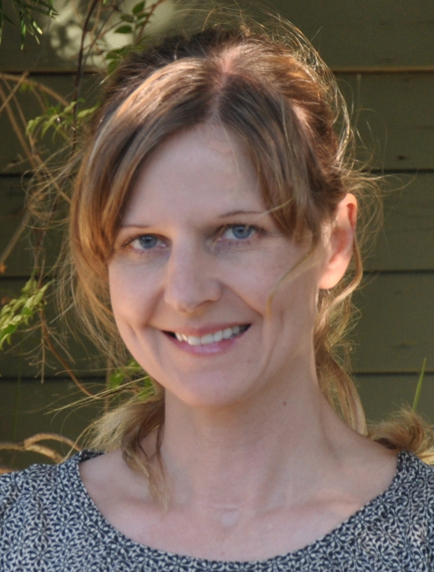 Congratulations to JGI’s Tanja Woyke, who has been elected to the American Academy of Microbiology (AAM)! She is among the 68 new Fellows in the Class of 2020, selected from 118 nominees. The selection process for AAM Fellows is based on their records of scientific achievement and original contributions that have advanced microbiology. Academy Fellows are eminent leaders in the field of microbiology and are relied upon for authoritative advice and insight on critical issues in microbiology.
Congratulations to JGI’s Tanja Woyke, who has been elected to the American Academy of Microbiology (AAM)! She is among the 68 new Fellows in the Class of 2020, selected from 118 nominees. The selection process for AAM Fellows is based on their records of scientific achievement and original contributions that have advanced microbiology. Academy Fellows are eminent leaders in the field of microbiology and are relied upon for authoritative advice and insight on critical issues in microbiology.
A senior scientist at Lawrence Berkeley National Laboratory (Berkeley Lab), Woyke has led JGI’s Microbial Genomics Program since 2009 and heads the Single Cells group. She has also served as the Functional Genomics Department Head for the Environmental Genomics and Systems Biology Division of the Lab’s Biosciences Area since 2018. Woyke also holds appointments as Adjunct Scientist at the Bigelow Laboratory for Ocean Sciences and as Associate Adjunct Professor at the University of California, Merced. Woyke received a 2014 Berkeley Lab Director’s Award for Exceptional Scientific Achievement, and was among the Lab’s 2015 Women @ the Lab honorees.
Woyke’s research focuses on developing and harnessing single-cell methods to access the genetic material of uncultivated microbes and link their genomes to the roles they play in the environment. One example, published in Nature, applied single-cell sequencing to decode genomes of bacteria and archaea from previously understudied clades, establishing their evolutionary relationships and leading to the discovery of features such as a new genetic code. More recently reported in Nature, she led a team that reconstructed more than 2,000 genomes of large and giant viruses belonging to the nucleocytoplasmic large DNA viruses (NCLDV) supergroup. As a result, the giant virus protein space grew from 123,000 to over 900,000 proteins, and virus diversity in this group expanded 10-fold, offering the opportunity to refine the phylogenetic tree of giant viruses and revealing metabolic reprogramming as common strategy in NCLDVs.
“I am thrilled to see Dr. Woyke’s important work acknowledged by this most prestigious honor,” said Axel Visel, JGI Deputy for Science Programs. “It clearly speaks to the enormous impact her contributions have had on the field of microbial genomics. Her work in the areas of single-cell microbial genomics and giant virus studies has been groundbreaking. The JGI is most fortunate to have scientists of Dr. Woyke’s caliber support the JGI User community in accessing our resources and help them to push the boundaries of energy and environmental genomics.”
Along with Woyke, two JGI users were also elected to the AAM: fungal researcher Jason Stajich of the University of California, Riverside, and virus ecology researcher Matt Sullivan of The Ohio State University. Luis Larrondo, who spoke at the JGI’s 14th Annual Genomics of Energy & Environment Meeting, as well as Mircea Podar of Oak Ridge National Laboratory, who spoke at the 2019 New Lineages of Life (NeLLi) Meeting organized by the JGI, were also among the AAM Fellows in this cohort. Go here for the full AAM news release.
Woyke is also one of the organizers for the upcoming Viral EcoGenomics & Applications (VEGA) Symposium which is being held in conjunction with the DOE Joint Genome Institute’s 15th Annual Genomics of Energy & Environment Meeting.